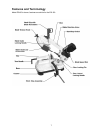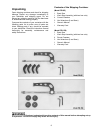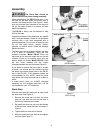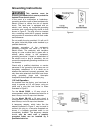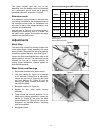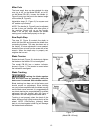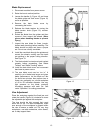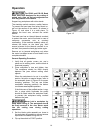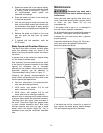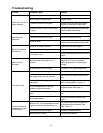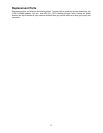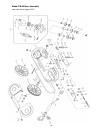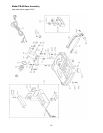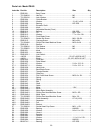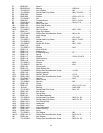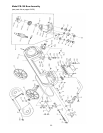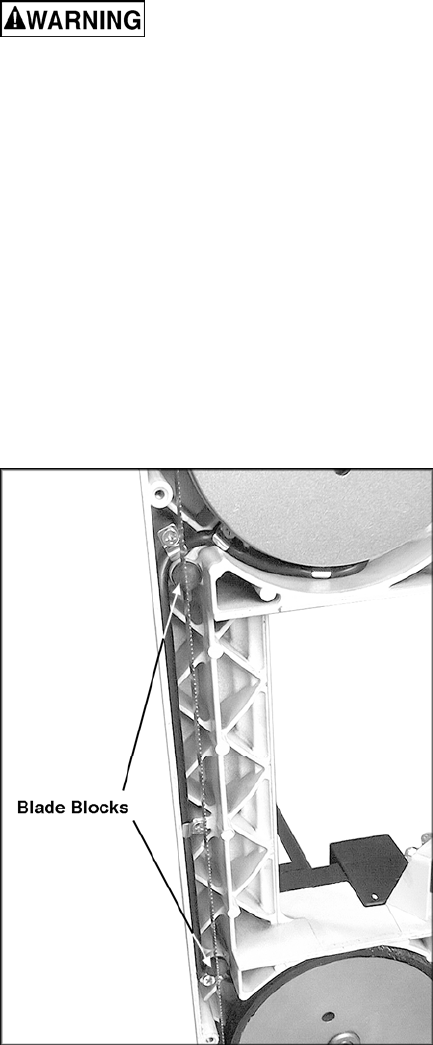
15
5. Rotate the speed dial to the desired setting.
(The dial can also be rotated while the blade
is running.) Refer to the chart in Figure 17
for recommended blade speed and
downfeed rate settings.
6. Press the blade run button on the hand grip
to start the saw blade.
7. Use the hand grip to slowly bring down the
bow until the blade makes light contact with
the workpiece. Now begin to apply gradual
pressure on the workpiece and complete the
cut.
8. Release the blade run button on the hand
grip and push the bow back up toward
vertical.
9. If finished with the operation, push the
STOP button.
Blade Speed and Downfeed Pressure
The Band Saw offers continual variable speed
within the specified range; the speed of the
blade is set using the speed control dial next to
the switch.
A general rule is the harder the material being
cut, the slower the blade speed.
Also important is the downfeed pressure, which
is the amount of pressure directed by the blade
against the workpiece; this is controlled
manually by the operator using the grip handle.
Downfeed pressure can be deduced by
“Recommended Cutting Times” in Figure 17.
Following are general recommendations for
speed control dial positions as they relate to the
various speeds and applications:
• 30 m/min. (dial position 1) for stainless steel,
alloy steel and bearing bronzes.
• 45-50 m/min. (dial position 2-3) for mild
steel, hard brass or bronze.
• 60-80 m/min. (dial position 4-6) for soft
brass, aluminum or other light materials.
Material chips or shavings are the best indicator
of proper blade speed and downfeed pressure.
The ideal chip is thin, tightly curled and warm to
the touch. Chips that range from golden brown
to black indicate excessive force. Blue chips
indicate extreme heat from too high a blade
speed, which will shorten blade life. Thin or
powdered chips indicate insufficient downfeed
rate.
Maintenance
Disconnect the band saw’s
plug from the power source before doing any
maintenance.
Clean the band saw regularly after each day’s
work. Clear metal shavings with a suction device
or brush, not your hands. Do not use
compressed air.
If the power cord is worn, cut, or damaged in
any way, have it replaced immediately.
All of the ball bearings are packed with grease at
the factory. They require no further lubrication.
Lubricate the vise lead screw with a general-
purpose grease.
Inspect the blade blocks (Figure 18). If they are
worn, they should be replaced. Remove the
blade and replace the blocks.
Figure 18
If the band saw will be unused for a period of
time, slacken the blade tension before storage.
This will help prolong the life of the blade.



